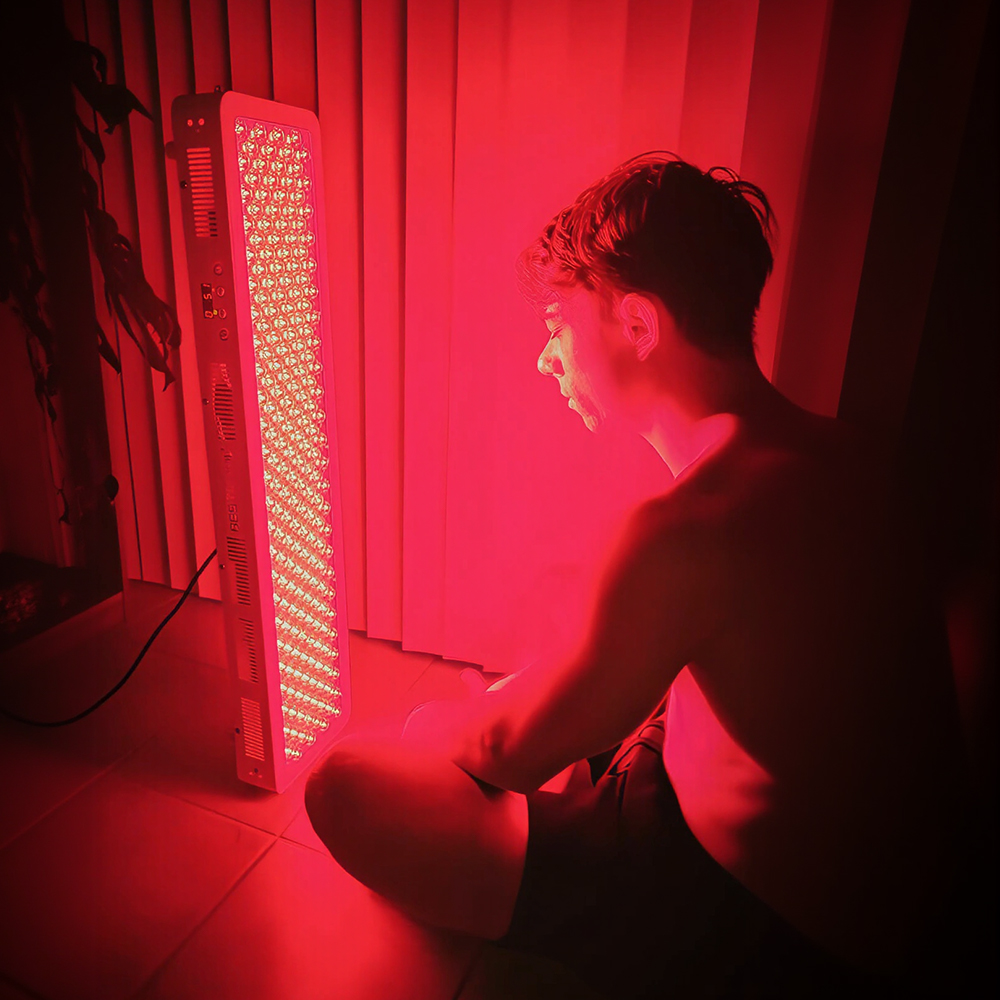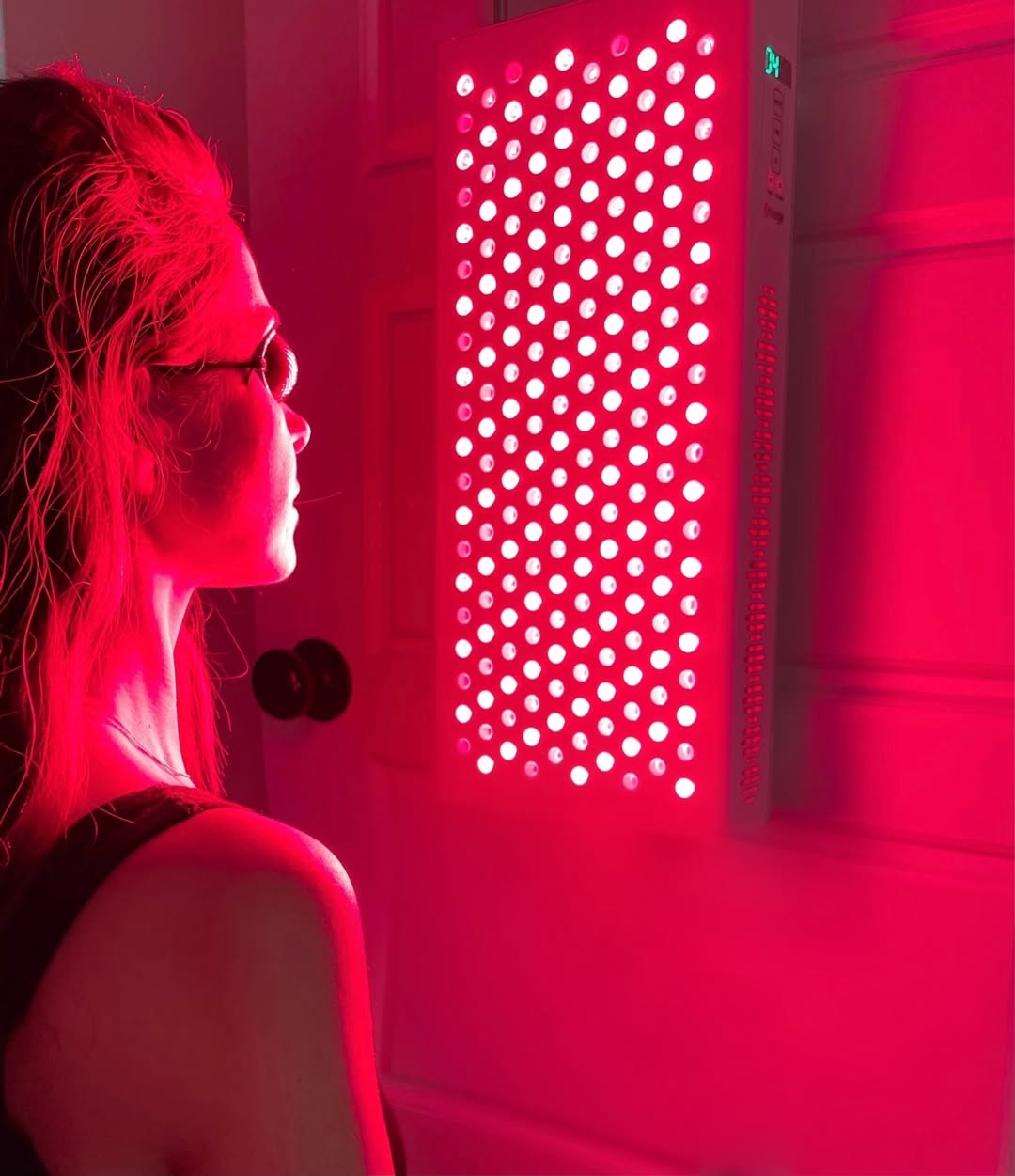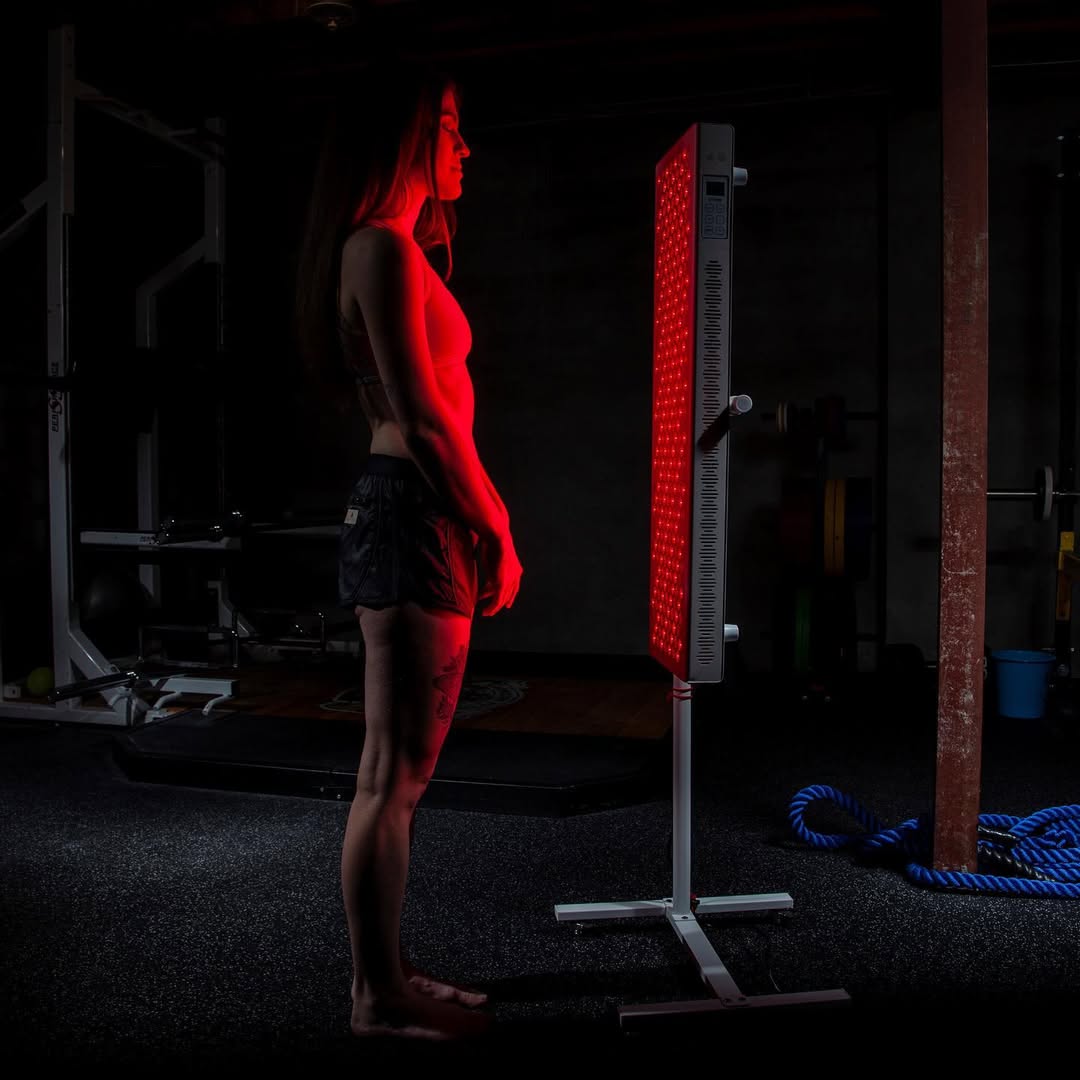![]() Free Shipping
Free Shipping ![]() Buy Now, Pay Later
Buy Now, Pay Later ![]() Eligible
Eligible
Why Professional Athletes Use Red Light Therapy: The Science Behind the Secret Weapon

Professional athletes are always on the hunt for the latest recovery tools to gain an edge over the competition. From cryotherapy chambers to hyperbaric oxygen therapy, elite performers leverage cutting-edge science to enhance performance, speed up recovery, and prevent injuries.
One of the most talked-about recovery modalities in recent years is red light therapy (RLT), also known as photobiomodulation (PBM). Athletes like LeBron James, Cristiano Ronaldo, and UFC fighters have publicly endorsed this technology, claiming it helps them recover faster, reduce inflammation, and even improve endurance.
But what exactly is red light therapy, and why are so many top-tier athletes incorporating it into their routines? Let’s dive into the science, benefits, and real-world applications of this revolutionary recovery tool.
What Is Red Light Therapy?
Red light therapy involves exposing the body to low-wavelength red and near-infrared (NIR) light. Unlike UV rays, which can damage the skin, these specific wavelengths penetrate deep into tissues without causing harm. The light is absorbed by mitochondria (the powerhouse of cells), stimulating ATP (adenosine triphosphate) production, which enhances cellular energy and repair.
How It Works:
- Penetrates Skin & Muscles – Red light (630-700nm) affects superficial layers, while near-infrared (700-1100nm) reaches deeper into muscles and joints.
- Boosts Mitochondrial Function – Enhances ATP production, speeding up recovery.
- Reduces Inflammation & Oxidative Stress – Lowers pro-inflammatory cytokines, helping with muscle soreness.
- Increases Blood Flow & Collagen Production – Promotes tissue repair and reduces joint pain.
Why Professional Athletes Swear By Red Light Therapy
1. Faster Muscle Recovery & Reduced Soreness
Intense training causes micro-tears in muscle fibers, leading to delayed onset muscle soreness (DOMS). Studies show that RLT reduces inflammation and accelerates muscle repair, allowing athletes to train harder and more frequently.
- Study: A 2016 study in the Journal of Athletic Training found that athletes using red light therapy had significantly less muscle damage post-workout compared to placebo groups.
- Real-World Use: NBA players like Steph Curry use red light beds post-game to minimize next-day stiffness.
2. Enhanced Performance & Endurance
By improving mitochondrial efficiency, RLT helps muscles produce energy more effectively. This can translate to better stamina, faster sprint times, and delayed fatigue.
- Study: Research in Medicine & Science in Sports & Exercise showed cyclists using red light therapy before races had improved time-to-exhaustion by up to 30%.
- Real-World Use: Marathon runners and Tour de France cyclists use portable red light devices before races.
3. Injury Prevention & Faster Healing
Tendonitis, ligament sprains, and joint pain are common in sports. RLT promotes collagen synthesis and tissue repair, reducing downtime.
- Study: A 2014 study in Lasers in Medical Science found that red light therapy accelerated tendon healing in athletes with chronic tendinopathy.
- Real-World Use: NFL players use RLT for knee and shoulder rehab, while MMA fighters treat bruises and swelling.
4. Better Sleep & Circadian Rhythm Regulation
Red light exposure (especially in the evening) can increase melatonin production, helping athletes recover through deeper sleep.
- Study: Research in Nature’s Scientific Reports found that red light before bed improved sleep quality in elite athletes.
- Real-World Use: Tennis star Novak Djokovic uses red light therapy to optimize sleep and recovery.
5. Skin & Wound Healing
Cuts, abrasions, and sun damage are common in outdoor sports. RLT stimulates fibroblast activity, speeding up wound closure and reducing scar tissue.
- Real-World Use: Surfers and soccer players use RLT for faster healing of turf burns and sun-exposed skin.
How Athletes Are Using Red Light Therapy
1. Full-Body Panels (Pre/Post-Workout)
- Example: LeBron James uses a Joovv red light panel for 10-20 minutes daily to enhance recovery.
2. Targeted Handheld Devices (For Joint & Muscle Pain)
- Example: UFC fighters apply red light wraps on sore shoulders and knees between fights.
3. Wearable Red Light Gear (During Training)
- Example: Some cyclists wear red light-infused compression sleeves to boost circulation mid-race.
4. Red Light Saunas (Combined With Heat Therapy)
- Example: CrossFit athletes combine infrared saunas with red light for detox and muscle relaxation.
Is Red Light Therapy Worth the Hype?
While more research is still emerging, the existing studies—and countless athlete testimonials—suggest that red light therapy is more than just a trend. From faster recovery to enhanced performance, it’s clear why this technology has become a staple in professional sports.
VELLGUS Elite V2
THE #1 RATED RED LIGHT DEVICE
VELLGUS pro V2
THE #1 RATED FULL BODY RED LIGHT DEVICE
Final Thoughts:
If elite athletes—who have access to the best trainers and recovery tools—are using RLT, it’s worth paying attention. Whether you’re a weekend warrior or a competitive athlete, incorporating red light therapy could be the game-changer your recovery routine needs.
Would you try red light therapy? Let us know in the comments!
References & Further Reading:
- Hamblin, M. R. (2017). Mechanisms and applications of the anti-inflammatory effects of photobiomodulation. AIMS Biophysics.
- Ferraresi, C. et al. (2016). Photobiomodulation in human muscle tissue. Journal of Athletic Training.
- de Almeida, P. et al. (2014). Red light therapy for tendon healing. Lasers in Medical Science.








